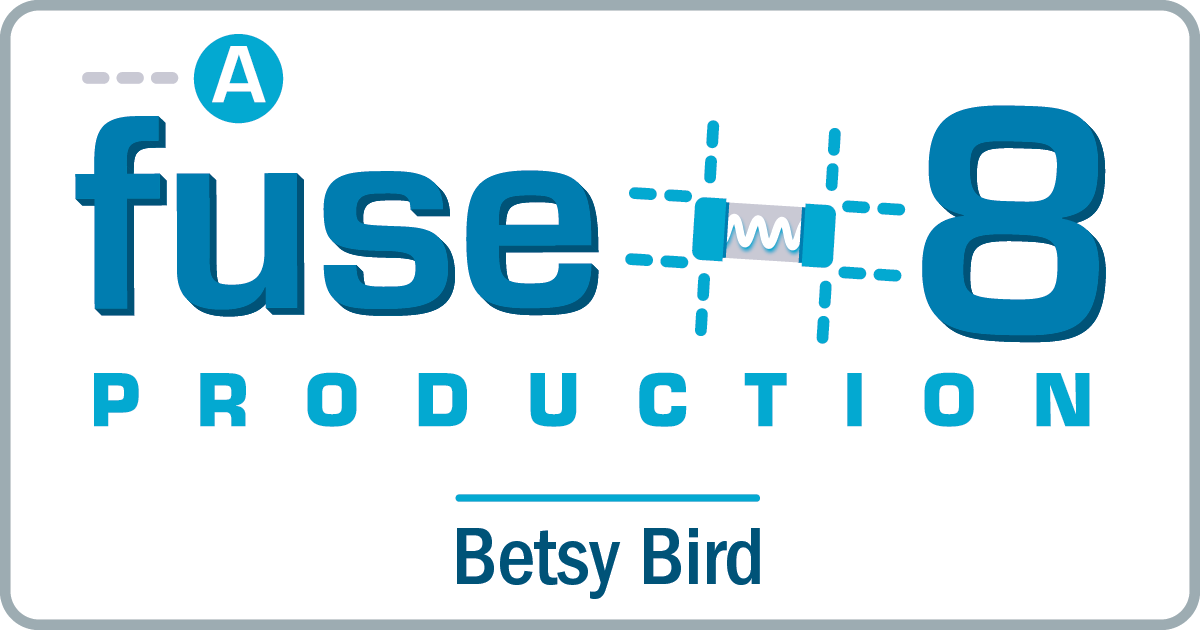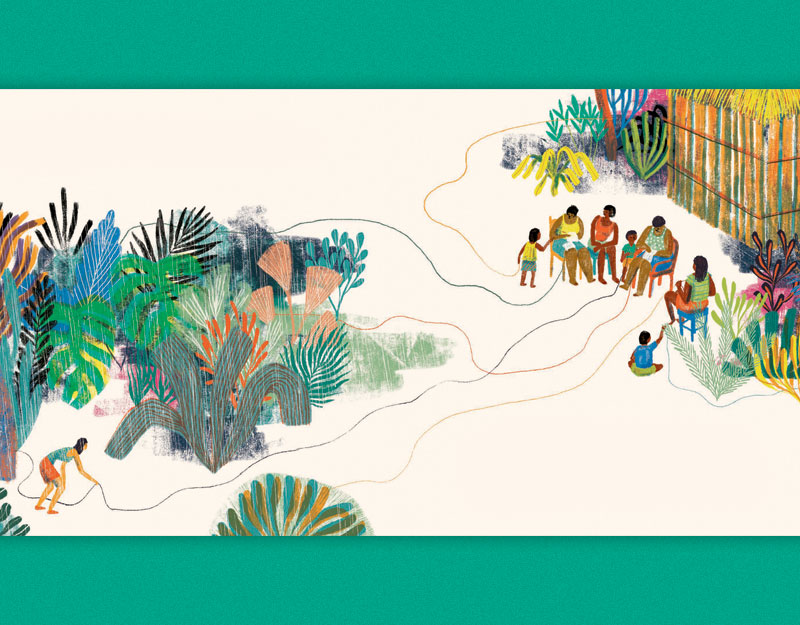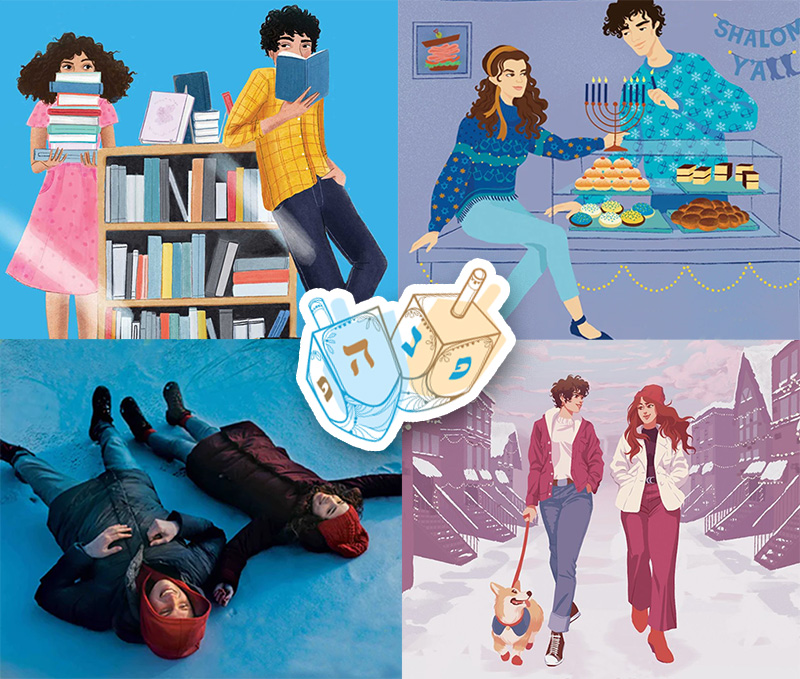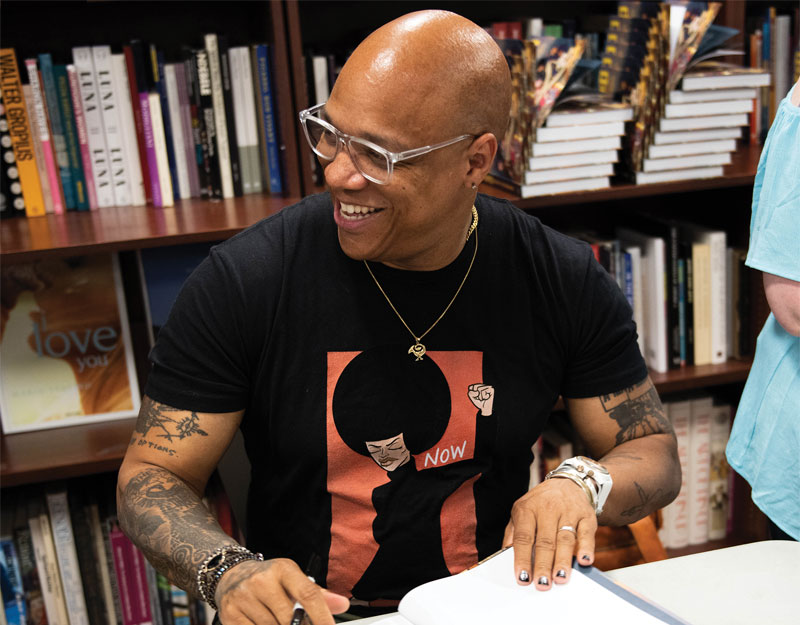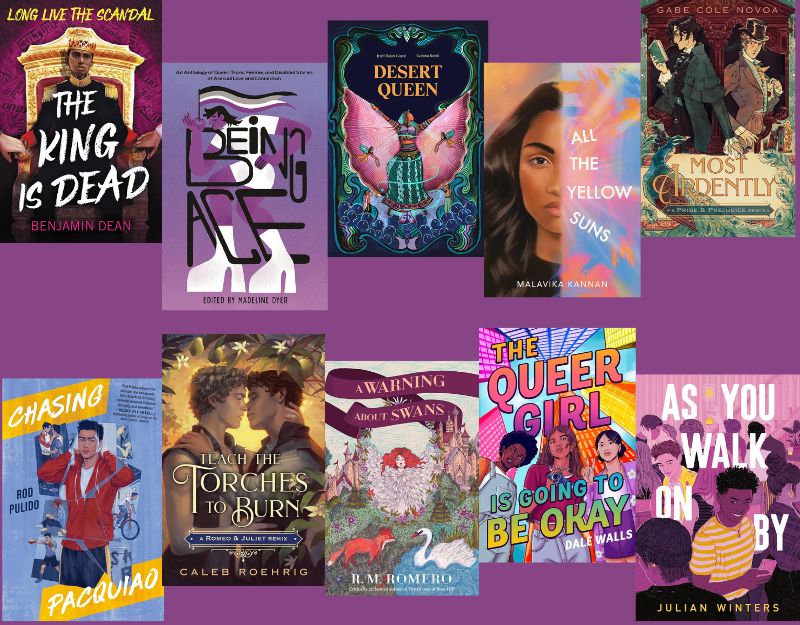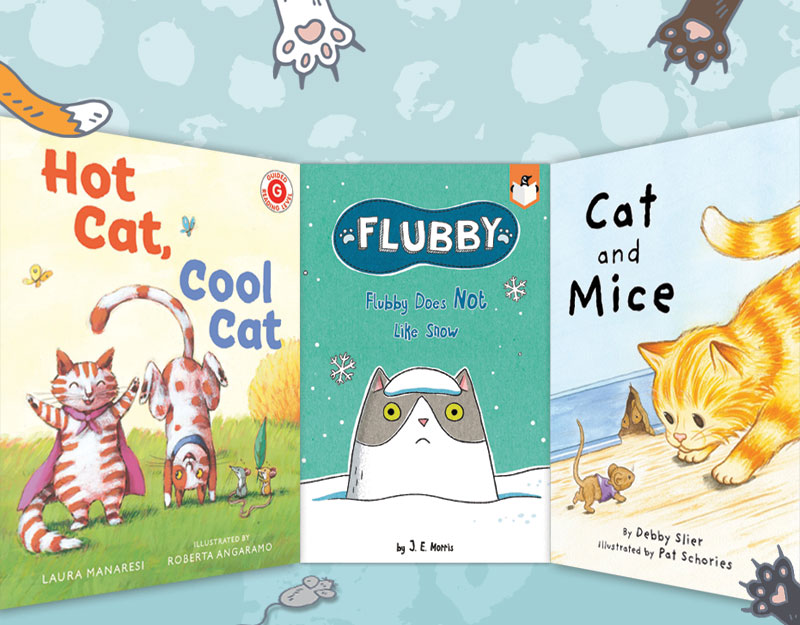Review of the Day: Brooklyn Bridge by Karen Hesse
 Brooklyn Bridge
Brooklyn Bridge
By Karen Hesse
Feiwel and Friends
$16.95
ISBN: 978-0-312-37886-8
Ages 12 and up
On shelves September 2nd. Yeah, I know. Sorry ’bout that. I’ve been trying to be better about doing books too far in advance but . . . I’m just so gosh-darned excited about this one.
Cause Karen Hesse is back, baby! A person only gets so many golden opportunities in their life, you know. There are only so many times you get a chance to say that someone’s back. Someone who may have taken a small vacation from writing for a while. Karen Hesse is a good example of this. She’s done some picture books and short stories but her last novel, Aleutian Sparrow came out in 2003. Now she’s returned to the field in force and with a full-length no-verse-in-sight middle grade novel on her hands. I mean Hesse was always the queen of verse. Her Out of the Dust won itself a Newbery, and I cherish in a soft place in my heart The Music of Dolphins. I guess you could say it was my favorite Hesse book . . . until now. Brooklyn Bridge takes a fancy to the summer of 1903. A time of bears, Coney Island, hot nights, and sharp delicious pickles.
ADVERTISEMENT
ADVERTISEMENT
To hear fourteen-year-old Joseph Michtom tell it, everything was fine before the bears. Yeah, his family wasn’t rich or anything. His dad ran a candy store and they were like everyone else in their neighborhood. They made do. Then President Roosevelt had to go and NOT shoot a bear and everything went wrong. His Dad got this crazy idea about making stuffed bears out of cloth instead of wood or metal and suddenly everyone and his brother wanted one! Now Joseph’s dad never has time to do little things like take his kids to Coney Island, and with all the family drama Joseph’s feeling a little shut out. Paired alongside Joseph’s thoughts are stories of a group of street kids that live underneath the Brooklyn Bridge at night. Haunted, both literally and figuratively, by a past tied unknowingly to Joseph’s, their story highlights the boy’s newfound status.
The book has a large cast of characters, all of them single-minded and interesting. All three of Joseph’s aunts act and react off of one another in ways that have become almost rote over the years. Pay close attention to when Hesse chooses to switch between their nicknames (“The Queen”, “Aunt Beast”, and “Aunt Mouse”) and their real names. That’s a lesson in narrative power right there. As for other family members, Joseph’s younger sister Emily is the wise one in the family, a fact that both she and Joseph recognize without animosity on either end. Really, that was one of the best parts of the book. The sheer levels of affection between different family members. Even when they’re fed up or frustrated with one another, you can feel a deep and abiding love there. The family of the Michtoms is also mirrored in the rag tag family of stray kids under the bridge. There’s loyalty in both groups, though one seems like a pale knockoff of the other.
As for the writing itself, Hesse using the two narratives (Joseph’s vs. the kids under the bridge) to try things out. Joseph’s story is straightforward with little poetic asides but nothing overly lyrical. The bridge kids get all the pretty words, maybe to make up for their crummy little lives. A boy who feels affection for a girl simply called The Bride is described as, “close to no one until The Bride came, the white-necked bride, who no longer wore her hair pinned up in the fashion of a lady, but down, in one thick braid, like a farm girl from Nebraska, like the mother he’d never known.” Or about a small girl who, for reasons unknown, once drank poison. “She just cried. Silent tears rolling down her cheeks, her eyes two green bruises in a dusky face.” Simpler still, just the use of an adjective at the right point makes all the difference in the world when closing out a chapter. “… and the sun rose, evicting the sharp-shouldered children from under the bridge for one more day.”
I say that the novel is prose rather than verse, but that isn’t to say that Hesse’s poetic sensibilities have taken a back seat. No sir! Not she. The novel splits into two separate narratives. On the one hand you have Joseph, his life, and his worries. And on the other hand you have the children that live under the Brooklyn Bridge and their stories. Now, when you compare Joseph’s woes (woes = how his parents are too busy to take him to Coney Island) to the woes of the kids under the bridge (woes = drinking acid, sleeping with corpses, stealing, madness, and worse), you’d be naturally inclined to think that Joseph was going to come across as a pretty whiny kid. He thinks HE has problems? Has he ever heard of Mattie, a boy who knew about “eating things no one should eat”? Hesse, however, is exceedingly clever. First of all, for a lot of kids reading this book, they’re going to sympathize with Joseph. Having parents so consumed by their professional lives that they fail to spend enough time for their family? Not exactly a non-existent problem today. Fact of the matter, I’d say that most kids that read this book would identify more closely with Joseph than someone like Mattie. But by pairing his frustrations alongside those of the homeless street kids, Hesse is able to keep returning to the notion of being lucky. The very first sentence in this book is, “The guys say I’m lucky.” For immigrants coming to America for the first time, you needed luck. The kids under the bridge don’t have it and Joseph does, and on some level he’s aware of this even if he isn’t aware of the specific existence of the kids themselves. At one point in the tale Joseph’s little brother gives a small girl his bear. Once he does so he’s amazed by the amount of freedom he has. And then Joseph thinks to himself, “What bear had I been carrying . . . And what would it take for me to let it go?” Even the lucky ones amongst us have bears. It’s the letting go that’s difficult.
Spoiler alert, by the way. I was also amazed that Joseph never ran across the kids under the bridge. There’s one moment where he passes Guy on the street, but it’s a throwaway moment for him. He barely registers the kid’s existence. And yet, his own story, the one that waits until the end of the book to be told, is tied very closely to the story of the bridge kids. This, if anything, was the weak point of the book. The sudden reveal at the end that the ghost under the bridge is Joseph’s cousin? It felt like it came out of left field. If Joseph had been feeling guilty about this role in the boy’s death, shouldn’t that have been alluded to in ways that are less oblique than the ones found here?
It’s an older book than Hesse’s others. There are references to nasty things done by Cossacks to young girls, and children beaten until they almost die. It’s never explicit and never described in any depth, but there’s enough to cause me to suggest that maybe this book would be more appropriate for the older set. The 12 and up crowd, perhaps. This is perhaps one of Hesse’s most accomplished novels. It’s historical fiction that uses the past as a point of reference rather than as the point of the novel. Hesse is weaving together so many seemingly disparate elements and living breathing characters that the end result feels more like a film, a theatrical production, or a scene on a city street than a book for kids. I use the word “beautiful” when describing works of fiction because it’s a difficult term to justify. But this book is beautiful. Beautiful and weird and real in a way that will touch you. If five-year absences yield books as fine as this, I urge every writer to take an extended vacation pronto.
On shelves September 2nd.
Notes on the Cover: A Chris Sheban production it would seem. I’m not usually a fan of tasteful covers. Gimme purple spangles and big old globs of glittery goo over a tasteful sepia toned print of a Depression-era child any day of the week. But Sheban earns himself some credit on this one and here’s why. First of all, no sepia. Nice. Second, the light hitting the side of Joseph’s face (early morning light, I’d wager) is beautifully done and, more importantly, I can see a child’s face. Most importantly, judging by his clothing I’d say that the publisher isn’t trying to disguise the fact that this is a historical novel. You’d be amazed how often pubs try to get away with that (I’m looking at you, A Friendship for Today). There is an awful lot of space between the words and Joseph’s head. Lots of… medal-shaped space. Hm. Co-winky-dink? You be the judge.
Other Blog Reviews: Welcome to My Tweendom
Filed under: Best Books of 2008, Reviews
About Betsy Bird
Betsy Bird is currently the Collection Development Manager of the Evanston Public Library system and a former Materials Specialist for New York Public Library. She has served on Newbery, written for Horn Book, and has done other lovely little things that she'd love to tell you about but that she's sure you'd find more interesting to hear of in person. Her opinions are her own and do not reflect those of EPL, SLJ, or any of the other acronyms you might be able to name. Follow her on Twitter: @fuseeight.
ADVERTISEMENT
ADVERTISEMENT
SLJ Blog Network
2024 Books from Pura Belpré Winners
Winnie-The-Pooh | Review
Parsing Religion in Public Schools
ADVERTISEMENT

